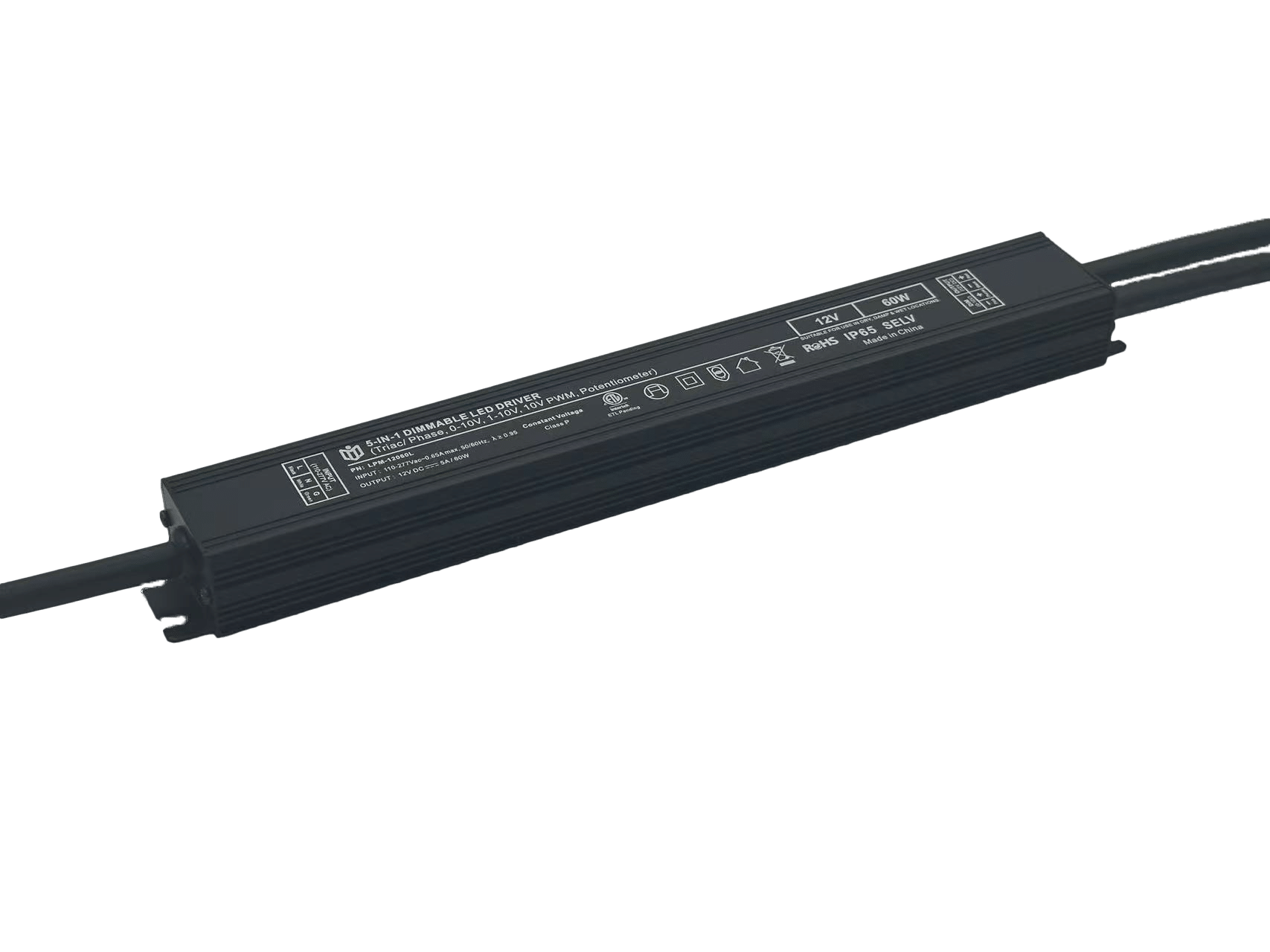What untold stories are hidden in the R&D journey of LED dimming power supplies?
When most consumers admire the silky-smooth transitions of modern LED lighting systems, few realize the Herculean efforts buried in their development timelines. The real drama unfolds not on showroom floors but within R&D laboratories where teams grapple with paradoxical demands: maintaining color accuracy across thousandth-of-a-second pulse cycles while preventing audible noise from switching frequencies. Early attempts often ended in spectacular failure—like the 2018 batch that caused entire office buildings to hum at 4kHz after installing supposedly silent drivers.

Behind every successful dim-to-off curve lies months of wrestling unseen spectral interference. Take the case of Project Phoenix at OSRAM’s Munich facility, where researchers discovered that parasitic capacitance in PCB traces could create ghost images during low-brightness operation. Their solution? A revolutionary grounding architecture using fractional guard rings spaced precisely at Lambert’s Law intervals—patented technology now industry standard but nearly abandoned due to initial yield problems exceeding 65%.
Then there’s the thermal tango nobody talks about. While pushing 98% efficiency sounds ideal theoretically, actual deployment revealed startling truths when ambient temperatures spiked past 55°C. Field tests showed conventional aluminum heatsinks became thermal bottlenecks under tropical conditions, forcing complete redesigns incorporating phase-change materials inspired by spacecraft radiators. These modifications added $0.78 per unit yet saved clients $3M annually in cooling costs across Southeast Asia installations.
Perhaps most humbling were the human factors experiments. Double-blind studies revealed subtle differences in perceived brightness based on cultural lighting traditions—Japanese subjects preferred warmer CCT values during dimming than their European counterparts. This epiphany birthed adaptive algorithms now quietly running in millions of smart homes worldwide, dynamically adjusting Kelvin ratings based on regional usage patterns detected through machine learning clusters.
Prototype graveyards tell equally compelling tales. At Cree’s Huntsville lab rests Model XZ-Beta7, a would-be marvel capable of 16-bit resolution until engineers realized stray electromagnetic fields were corrupting Wi-Fi signals three rooms away. Its legacy lives on as an EMC training tool, teaching new hires why shielding matters beyond compliance certificates. Similarly, Philips archived forty iterations attempting to miniaturize magnetic components before landing on nanocrystalline cores small enough for retrofittable downlight fixtures.
Today’s whisper-quiet drivers owe thanks to acoustic chamber marathons lasting hundreds of hours each. Engineers learned that ceramic capacitors singing at specific voltage levels required dampening treatments normally reserved for concert hall acoustics. Some breakthroughs came accidentally—like discovering piezoelectric buzz suppression by accident when testing vibration-resistant mountings for earthquake zone applications.

As we push toward biological light therapy integration, fresh challenges emerge. Medical trials demanding millisecond-precise circadian rhythm modulation exposed limitations in traditional PWM schemes, spurring development of hybrid analog/digital controllers capable of subradian phase shifts without introducing visual artefacts. These advances now enable melatonin suppression studies with unprecedented temporal resolution.
Through cracked chassis and fried transistors emerges wisdom: true innovation happens at the intersection of stubborn physics and creative compromise. Every elegant final product carries battle scars from its creation war—scars transformed into features through relentless curiosity and willingness to fail publicly then improve privately. The next revolution in human-centric lighting won’t just happen in cleanrooms; it will be born from embracing the messy reality of making theory practice perfectly imperfect.
 In heritage architecture prote
In heritage architecture prote
 When small-batch customization
When small-batch customization
 Have the electromagnetic emiss
Have the electromagnetic emiss
 When Triac dimmable power supp
When Triac dimmable power supp
